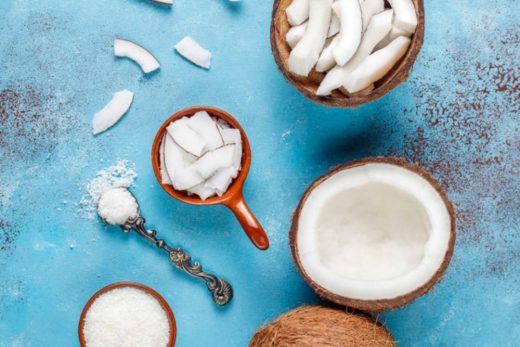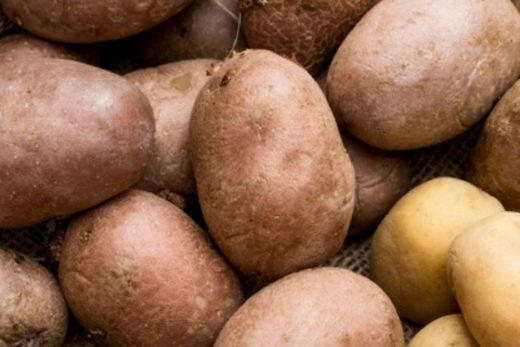The best Israeli hummus has a smooth-as-butter texture and great flavor. Here’s how to get the best of both worlds at home. Sometimes recipes come off really easily, without a hitch. Other times they take lots of tweaking and planning. This is a rare case of a recipe that came out relatively easily, but was full of so much fascinating science that I ended up devoting a few extra days to it anyway. It ended up yielding an explanation of a technique that I’m going to be incorporating into countless recipes going forward. That’s my favorite kind of recipe: one that delivers on deliciousness right now, and even more deliciousness in the future.
*If you impatient types wanna cut to the fun, science-y part, skip down to where I talk about The Science of Garlic Flavor, and see what it’s all about. Just promise you’ll come back and read up on the rest, okay?
Making Tahini for Hummus
The other day in my post on roasted eggplant with lentils and tahini, I mentioned that the method of making tahini sauce in Michael Solomonov’s Zahav is the best technique I’ve ever tried, and it works wonders for hummus as well.
While tahini may play only a small role in the hummus of, say, Lebanon or Greece, in Israel it stands on equal footing with the chickpeas. Some recipes call for a ratio of almost 1:1, which means that great Israeli-style hummus must start with great tahini sauce.





